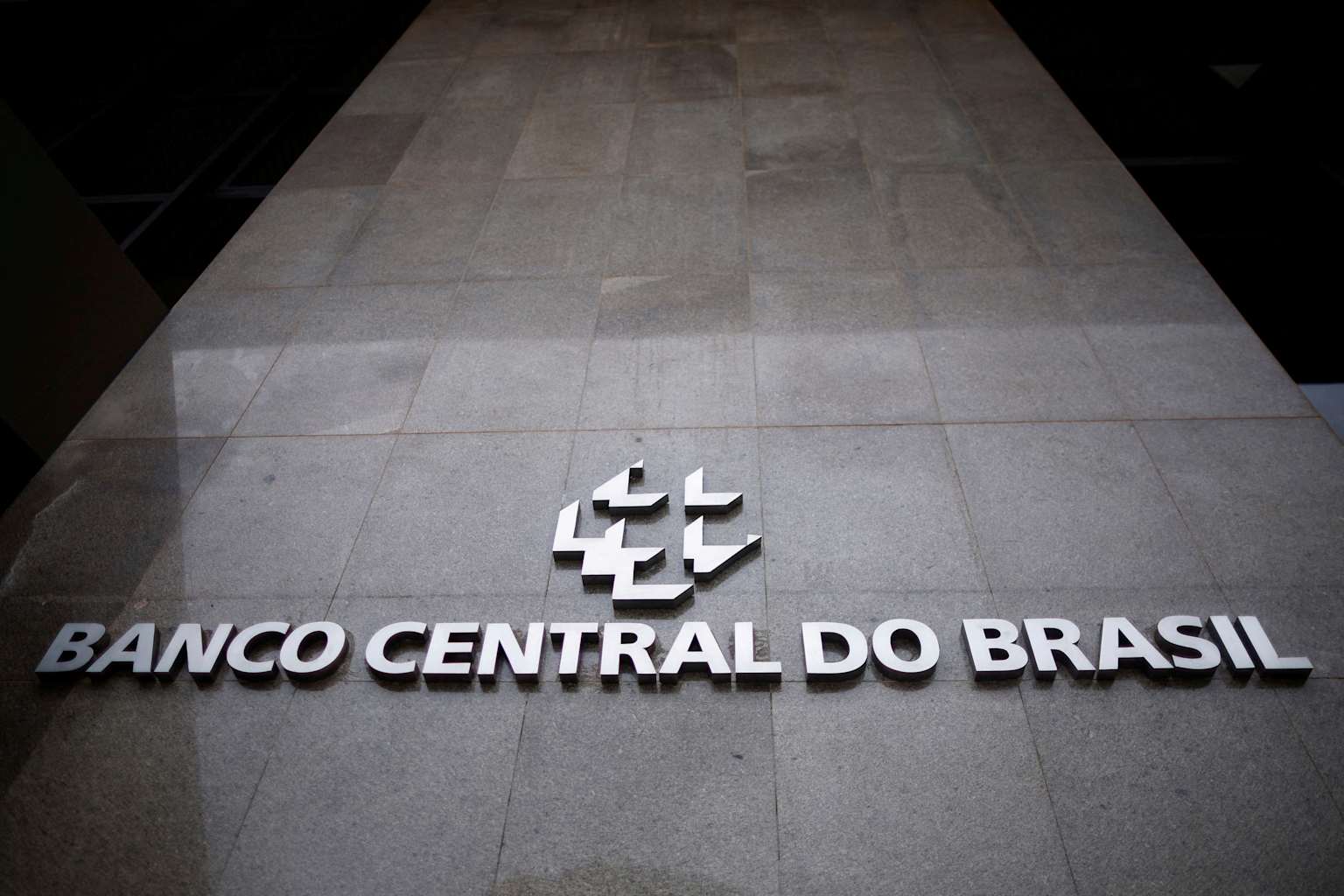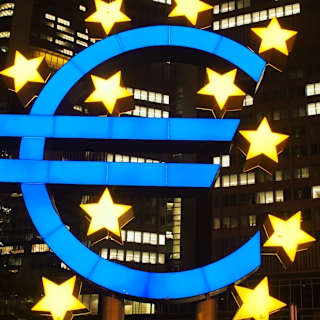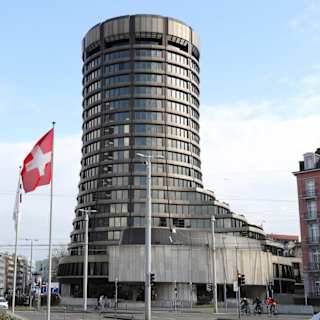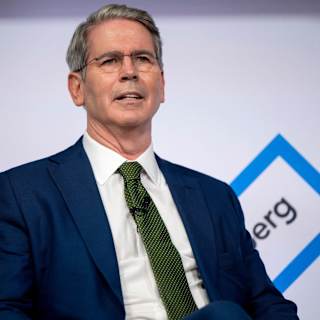- Assessing the Tightening Impact
- Inflation Challenge Persists
- Market Outlook
Brazil's central bank said Tuesday that much of the impact from its "particularly quick and very firm" tightening cycle has yet to be felt, explaining why policymakers now plan to pause interest rate increases after seven consecutive hikes brought borrowing costs to their highest level in nearly two decades.
The Central Bank of Brazil released minutes from last week's monetary policy meeting, where the committee raised the benchmark Selic rate by 25 basis points to 15% and signaled what it called a "very prolonged" pause ahead. The decision marks a potential turning point in an aggressive campaign to tame inflation that has lifted rates by 450 basis points since September.

The monetary policy committee, known as Copom, said it "foresees an interruption of the rate hiking cycle to examine its yet-to-be-seen cumulative impacts, and then evaluate whether the current interest rate level, assuming it stable for a very prolonged period, will be enough to ensure the convergence of inflation to the target"1.
Recent economic data show the economy is "losing steam, albeit rather gradually," with indicators for trade, services and industry pointing to more moderate growth1. Confidence indicators remain subdued despite some recent improvement, the central bank noted1.
The unanimous June 18 decision surprised many economists, with 27 of 39 analysts polled by Reuters expecting the bank to hold rates at 14.75%2. The rate now stands at its highest level since July 20062.
Despite the pause signal, inflation remains stubbornly above target. Annual inflation stands at 5.32% as of May, well above the central bank's 3% target and the 4.5% ceiling of its tolerance band1. Market analysts project inflation will reach 5.50% in 2025, according to the latest Focus survey2.
Central bank President Gabriel Galípolo has emphasized that high interest rates must continue for an extended period to bring inflation under control2. The International Monetary Fund supports the tightening approach, stating that the pivot to higher rates "was appropriate and consistent with bringing inflation and inflation expectations back to the 3 percent target"3.
Economic growth is forecast to slow from 3.4% in 2024 to 2.2% in 2025, reflecting the impact of tighter monetary conditions1. Market analysts expect the Selic rate to remain at current levels through year-end before potential cuts begin in late 2025 or early 20262.
"The committee emphasizes that it will remain vigilant, that future monetary policy steps may be adjusted, and that it will not hesitate to continue the adjustment cycle if it deems it appropriate," policymakers wrote3.



